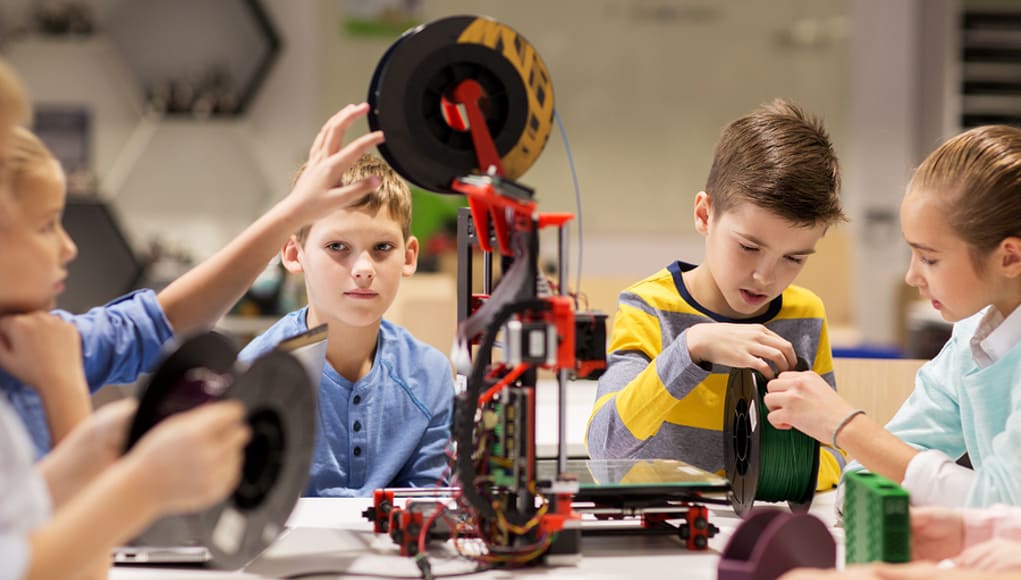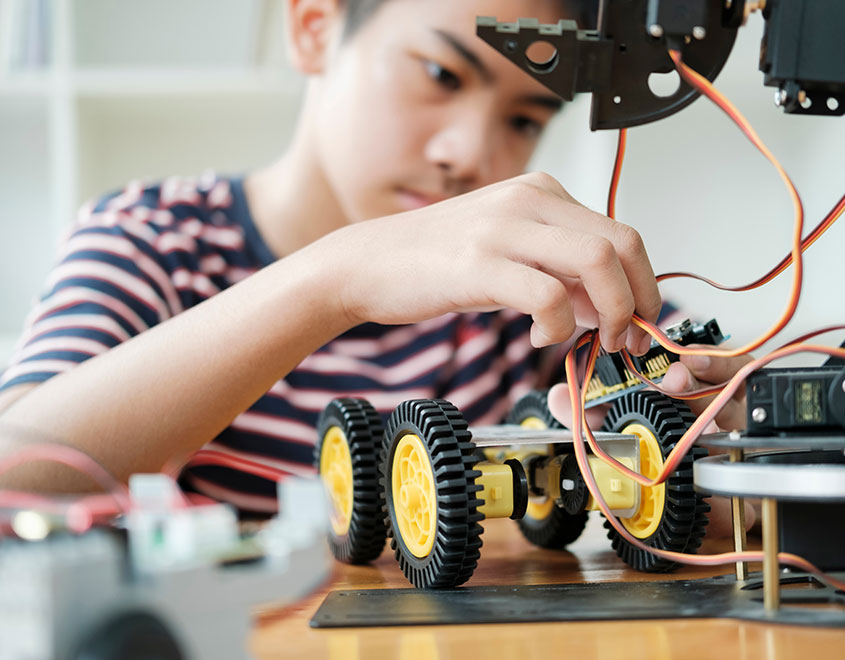Education is no longer confined to textbooks, rote memorization, and final exams. The fast-changing demands of the modern world require a more dynamic and practical approach to learning. That’s where project-based learning (PBL) comes in—a method that emphasizes applying knowledge to real-life scenarios, encouraging creativity, teamwork, and problem-solving. Unlike traditional teaching methods, PBL allows students to dive deep into meaningful projects that simulate real-world challenges, preparing them for careers and personal growth in ways no standardized test ever could.
Connecting Knowledge To Action
One of the strongest features of project-based learning is that it bridges the gap between theory and practice. Students are not simply learning about scientific theories, historical events, or business strategies; they’re actively engaging in projects where they apply these concepts. For instance, a science class might design an energy-efficient model home, while a literature class could create a podcast series discussing the social impact of classic works. This hands-on approach transforms students from passive learners into active participants, fostering a sense of purpose and relevance in what they study.
Sometimes, motivation for students comes from seeing things in context—much like how someone browsing a cool insta dp connects instantly with visual storytelling. When students work on projects, they begin to see learning as more than abstract knowledge; they see it as a tool for real-world expression.
Building Critical Problem-Solving Skills
The modern world presents challenges that rarely have straightforward answers. Whether it’s climate change, workplace innovation, or community development, success depends on the ability to analyze, evaluate, and respond creatively. Project-based learning puts students in exactly these scenarios.
Instead of following strict templates, they must brainstorm, test, fail, and try again. For example, a group tasked with developing a solution for local waste management may have to study logistics, budgeting, and community behavior—all of which mirror the complexity of real-world problem-solving. In this way, PBL nurtures resilience and adaptability, two skills highly valued in any professional or social environment.
Encouraging Collaboration And Communication
Project-based learning thrives on teamwork. Students rarely complete projects alone; they collaborate with peers, share ideas, and divide responsibilities. This collaborative structure closely resembles workplace dynamics where teams must coordinate efforts to achieve goals. Communication skills naturally grow in this environment as students practice negotiating roles, resolving conflicts, and presenting their work.
The value of collaboration extends beyond the classroom. Just as professionals use directories like lawyer listing Australia to find partners or services, students in a PBL environment learn how to network and rely on each other’s strengths. These collaborative experiences prepare them to thrive in diverse, team-oriented settings later in life.

Cultivating Creativity And Innovation
Real-world challenges demand more than textbook solutions. They require imaginative ideas and bold thinking. Project-based learning emphasizes creativity by allowing students to design unique solutions. Whether they’re developing a social awareness campaign, inventing a new product, or building an app, students are encouraged to think outside conventional frameworks.
This creative freedom gives students confidence in their ideas, while also teaching them that innovation often arises from experimentation. Just like attitude shayari shayari in hindi expresses emotions in diverse and powerful ways, PBL gives learners the ability to express knowledge in forms that go beyond traditional assignments. Creativity becomes not just an educational tool but a mindset for life.
Preparing For Career-Relevant Skills
Employers across industries are looking for graduates who can do more than recite facts—they want individuals who can solve problems, work collaboratively, and innovate. Project-based learning mirrors the workplace by emphasizing deadlines, roles, accountability, and presentation. Students learn to manage time effectively, adapt to feedback, and produce tangible outcomes.
For example, when students design a business plan or develop a marketing project, they’re already engaging in processes professionals in website design companies listing Australia or other industries follow daily. By simulating career environments, PBL ensures students graduate not only with knowledge but also with skills they can immediately apply.
Enhancing Community Connections
One of the more unique strengths of project-based learning is its ability to connect students with their local communities. Many projects encourage students to work on issues that directly affect their surroundings, such as environmental initiatives, health awareness, or neighborhood improvement. This involvement makes learning authentic and deeply impactful.
Through these projects, students learn empathy, responsibility, and the importance of giving back. Just as professionals might use a local tradesmen listing site to connect with services that solve community needs, students develop the mindset that their work has the potential to improve lives and create lasting change.
Boosting Confidence Through Real Outcomes
Confidence is a natural outcome of project-based learning. Unlike traditional assignments that are graded and forgotten, PBL results in projects that have visible impact—presentations, prototypes, events, or reports that can be shared with real audiences. This process not only validates students’ efforts but also builds self-assurance in their abilities.
When learners see their ideas making a difference, whether in the classroom or the community, they begin to believe in their capacity to contribute meaningfully to the world. This confidence is what enables them to face future challenges head-on.
Conclusion
Project-based learning represents a shift in education that equips students to meet real-world challenges with confidence, creativity, and collaboration. By connecting knowledge to action and encouraging students to work on meaningful projects, it fosters the exact skills that future workplaces and societies demand. As classrooms adopt this method more widely, the result will be generations of learners not only prepared for the future but capable of shaping it.
